This entry includes a walking tour! Take the tour.
Introduction
Text-to-speech Audio
The Greeley Heritage Landmarks in Chappaqua, New York, are a thematic group of four historic National Register sites that once belonged to the farm and estate of Horace Greeley (1811-1872), influential founder and editor of the New-York Tribune newspaper and one-time candidate for president of the United States. The sites, constructed between 1857 and 1906, include: Rehoboth, which once served as Greeley’s barn and is today a private residence; the Horace Greeley House, now the museum and headquarters of the New Castle Historical Society; the Chappaqua Railroad Depot and Depot Plaza; and the Church of St. Mary the Virgin, built next to Greeley’s evergreen grove. The sites maintain a high level of architectural integrity. They remain enduring reminders of important individuals, events, and places in Chappaqua’s history, and the history of the country. Their preservation is due in large part to the generosity of Horace Greeley’s daughter, Gabrielle (1857-1937), who, with her husband, the Reverend Dr. Frank M. Clendenin (1853-1930), devoted significant portions of the property to public use almost a hundred years ago. The Greeley Heritage Landmarks in Chappaqua were listed on the National Register of Historic Places in April 1979.
Images
Horace Greeley House, 2014
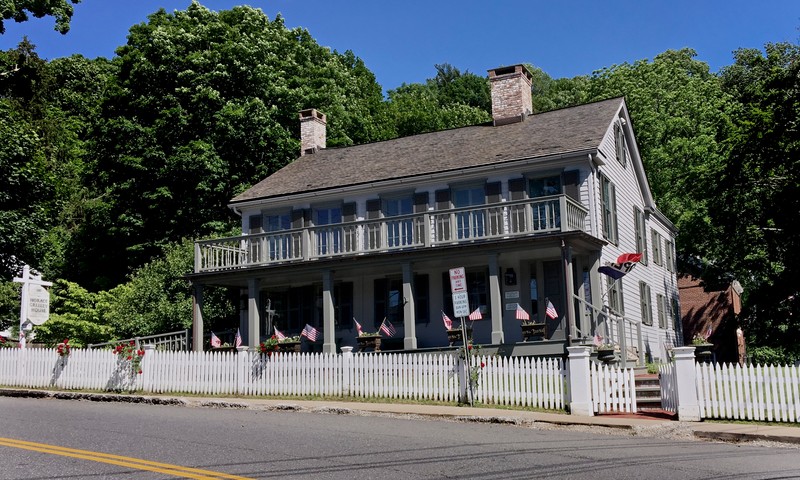
Postcard, The Church of St. Mary the Virgin, 1908
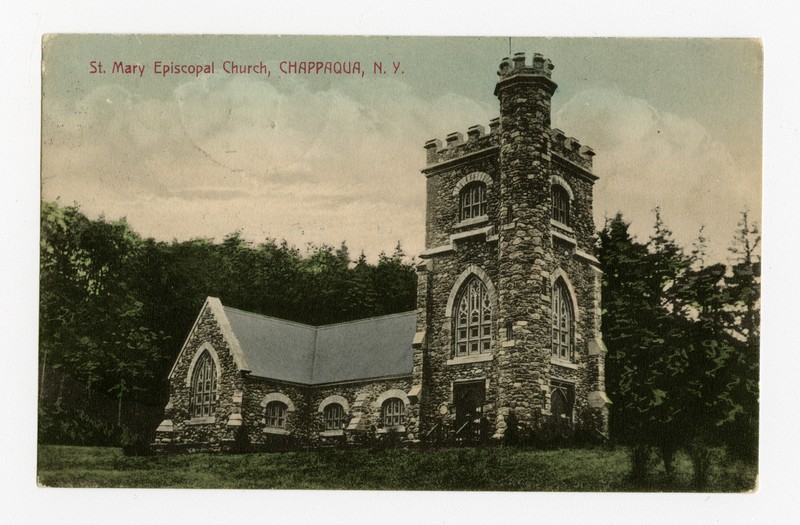
Dedication of the New Railroad Station, 1902
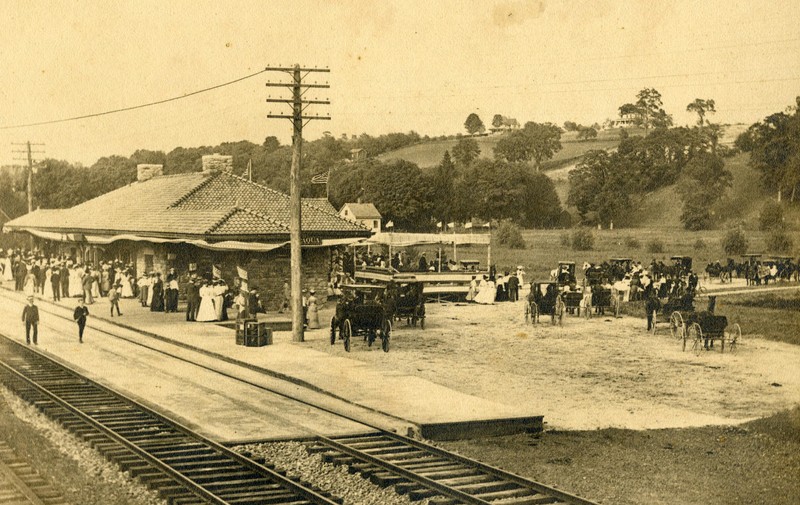
.jpg)
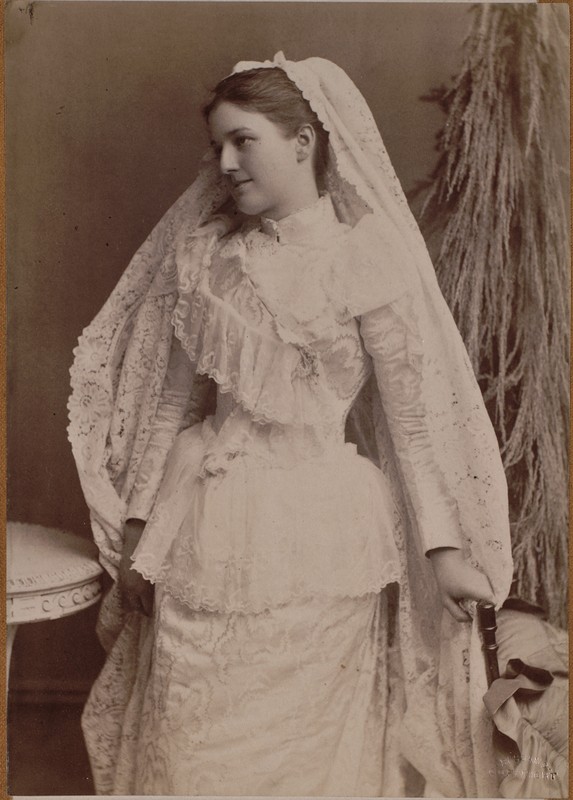
.jpg)
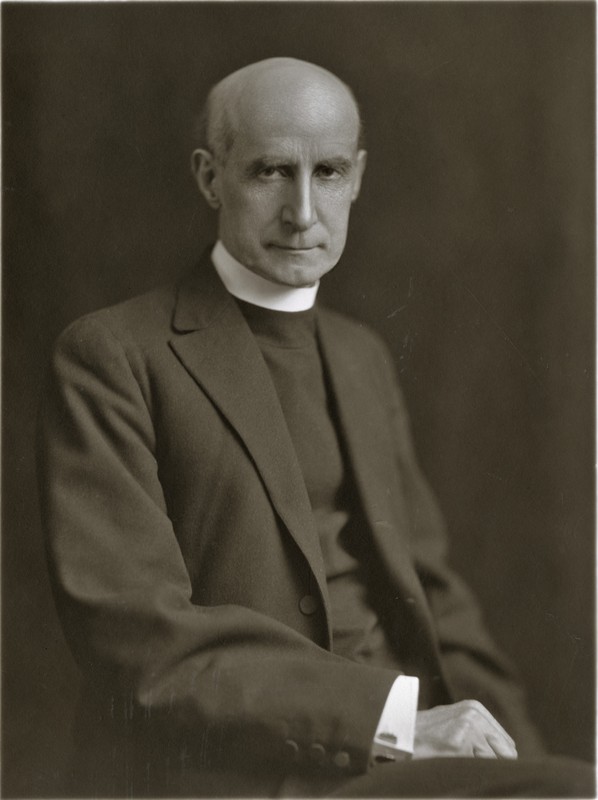
Backstory and Context
Text-to-speech Audio
Horace Greeley (1811-1872) was the founder and editor of the New-York Tribune, the most influential newspaper in the country during the middle of the 19th century. Known familiarly as “Old Honesty,” Greeley was respected and trusted by readers who knew that he would always say exactly what he thought. He was also noted for the progressive causes he championed, such as women’s rights, labor unions, cooperative communities, and—most important of all—opposition to slavery. He was a founder of the Republican Party. His support was important to the election of Lincoln in 1860 and to his reelection in 1864. In 1872, he was the Liberal Republican candidate for president against Ulysses S. Grant.
First published in 1841, the New-York Tribune proved so successful that after a decade Greeley could consider the fulfillment of a long-held dream, a summer home in the country. Between 1852 and 1854, he assembled a 78-acre tract of largely unoccupied farmland that extended over much of what is now downtown Chappaqua. Thereafter, although he could spend only limited periods of time there, he considered this community his true home—he place where he voted and where he was listed on the census, the place where he intended to live permanently when he retired.
Unfortunately, he didn’t live to see his hopes fulfilled—he died three weeks after the 1872 election. But his last-surviving child, his daughter Gabrielle (1857-1937), inherited the farm and lived there year round, for most of her life. Moreover, she and her husband, the Reverend Dr. Frank M. Clendenin (1853-1930), were very generous to the community, and devoted significant portions of the property to public use.
The Greeley Heritage Landmarks in Chappaqua are four sites from the former Greeley farm:
- The Horace Greeley House, the summer home of the Greeley family from 1864 to 1873, and now the museum and headquarters of the New Castle Historical Society.
- Rehoboth, originally built in 1857 as an innovative concrete barn by Greeley and converted in 1892 to a home by Gabrielle and Frank Clendenin.
- Chappaqua Railroad Depot and Depot Plaza, the land for which was donated by the Clendenins in 1901.
- The Church of St. Mary the Virgin, built by the Clendenins next to Greeley’s evergreen grove, and dedicated in 1906 to the memory of their daughter Muriel, who died in 1903 at the age of five.
The historic district is a memorial not only to Chappaqua’s most eminent citizen, but also to his daughter, who had, through her generosity, an even greater impact upon the community than he did.
Special thanks to New Castle Town Historian, Gray Williams.
Sources
- Chappaqua History Committee and Gray Williams. New Castle: Chappaqua and Millwood. “Images of America” series. Charleston, SC: Acadia Publishing, 2006.
- “Chappaqua Railroad Depot and Depot Plaza, 79003210.” National Register of Historic Places. United States Department of the Interior/National Park Service. 1974. https://catalog.archives.gov/id/75315501
- "Church of Saint Mary the Virgin and Greeley Grove (Horace Greeley Thematic District), 79003213.” National Register of Historic Places. United States Department of the Interior/National Park Service. 1979. https://catalog.archives.gov/id/75315489
- Cleveland, Cecilia. The Story of a Summer: Journal Leaves from Chappaqua. New York: G.W. Carleton & Co., 1874. Facsimile edition, Chappaqua, NY: New Castle Historical Society, 2003.
- “Horace Greeley House (Horace Greeley Thematic District), 79003212.” National Register of Historic Places. United States Department of the Interior/National Park Service. 1974. https://catalog.archives.gov/id/75315505
- “Rehoboth (Horace Greeley Thematic District), 79003214.” National Register of Historic Places. United States Department of the Interior/National Park Service. 1974. https://catalog.archives.gov/id/75315465
- Williams, Gray. Horace Greeley and the Greeley Family in Chappaqua. New Castle Historical Society, 2016.
- Williams, Gray. Picturing Our Past: National Register Sites in Westchester County. Westchester County Historical Society. 2003.
Collection of the New Castle Historical Society
Collection of the New Castle Historical Society
Collection of the New Castle Historical Society
